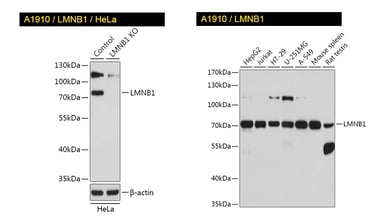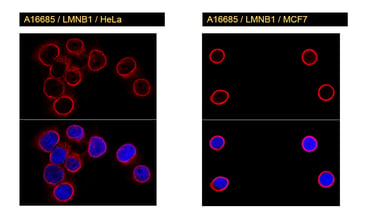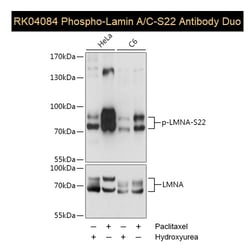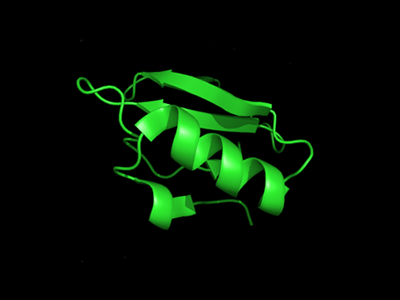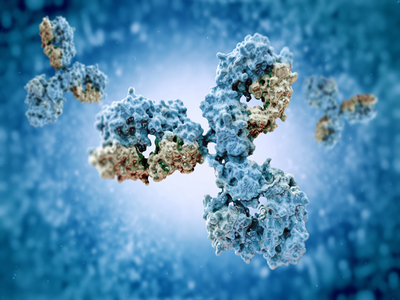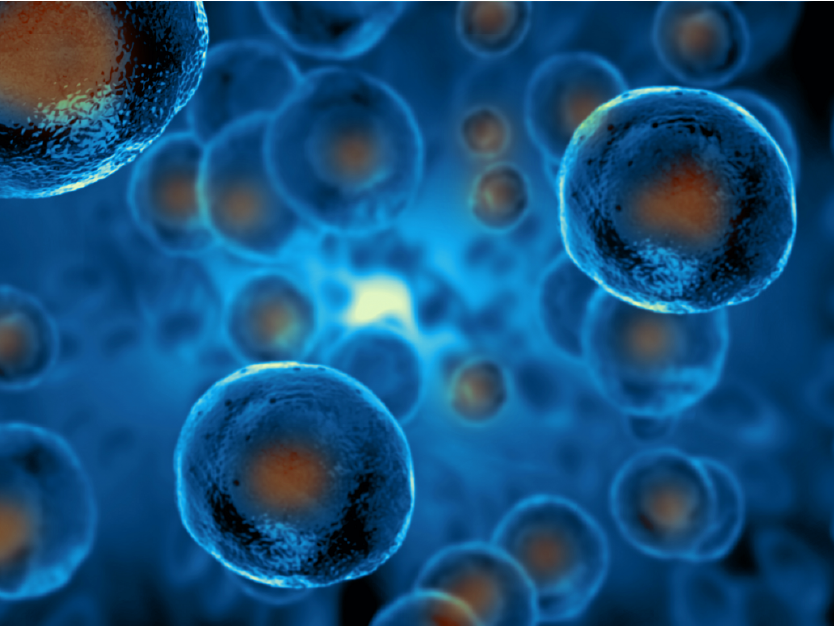Nuclear lamina is a layer of cross-linked fibrin network that commonly exists in higher eukaryotic cells. It is interior to the nuclear envelope with a fiber diameter of about 10 nm. The nuclear lamina of higher animals are usually composed of three intermediate filament polypeptides – lamins A, B, and C. The nuclear lamina is closely related to the stability of nuclear envelopes, maintenance of nuclear pore location, stabilizing interphase chromatin morphology and spatial structure, chromatin construction, and nuclear assembly.
Lamins are a nuclear membrane structural component that are important for maintaining normal cellular functions such as cell cycle regulation, DNA replication, and chromatin organization. During apoptosis, lamin B1 (LMNB1) is cleaved by caspase; the replication of LMNB1 is associated with neurological diseases such as the pathogenesis of adult white matter dystrophy. In particular, LMNA/C phosphorylation at the Ser22 site is involved in mitosis and cell cycle processes.
ABclonal Technology provides high-quality LMNB1, LMNA/C, and phosphorylated LMNA/C antibodies to aid in your research.
LMNB1 Antibody
The KO-validated LMNB1 antibody (A1910) can be used for WB, IHC, and IF. For a more cost-effective alternative, see LMNB1 polyclonal antibody (A16685), which can be used for WB and IF.
LMNA Antibody
LMNA/C Phosphorylated Antibody Duo

